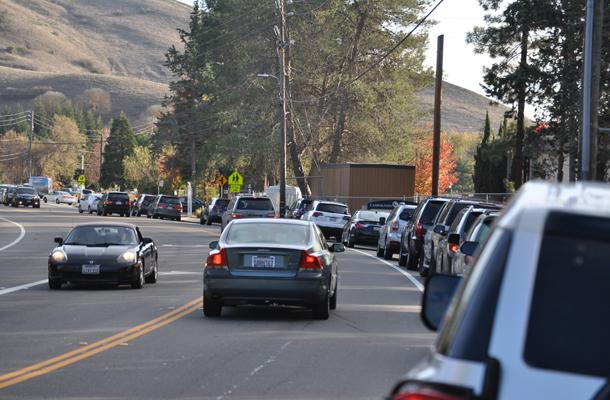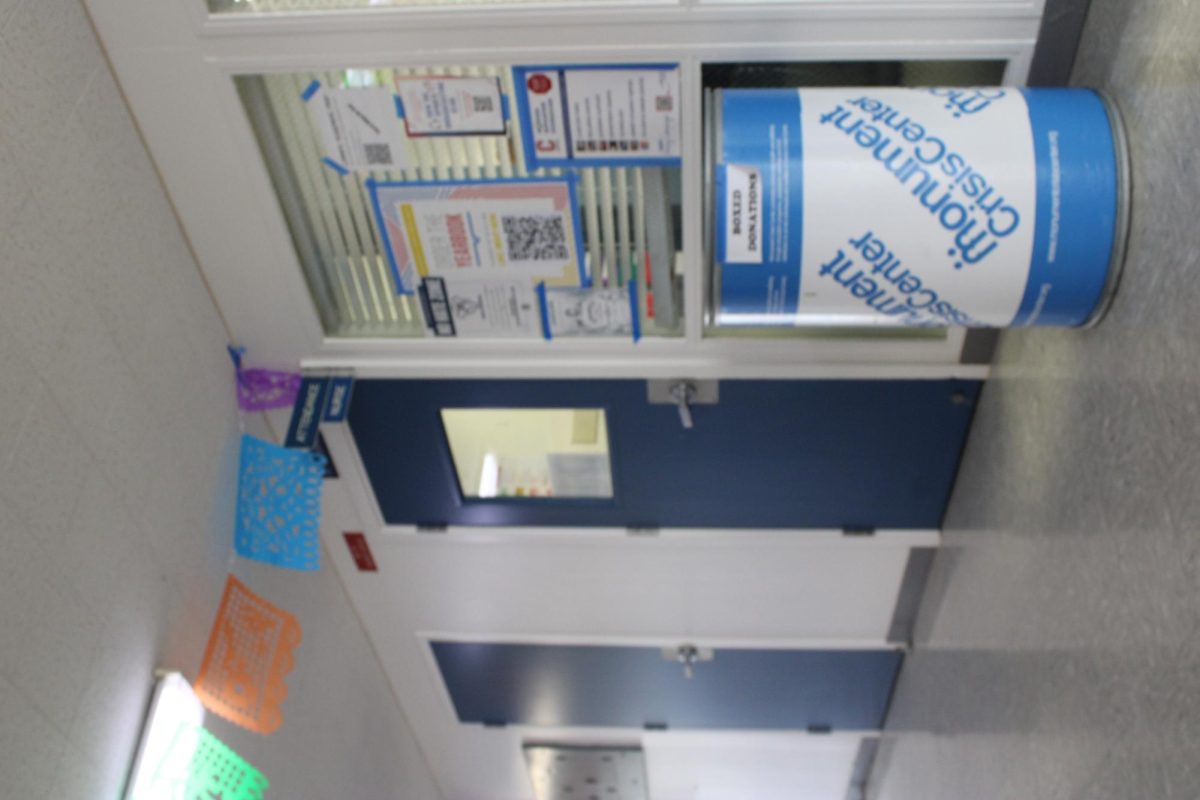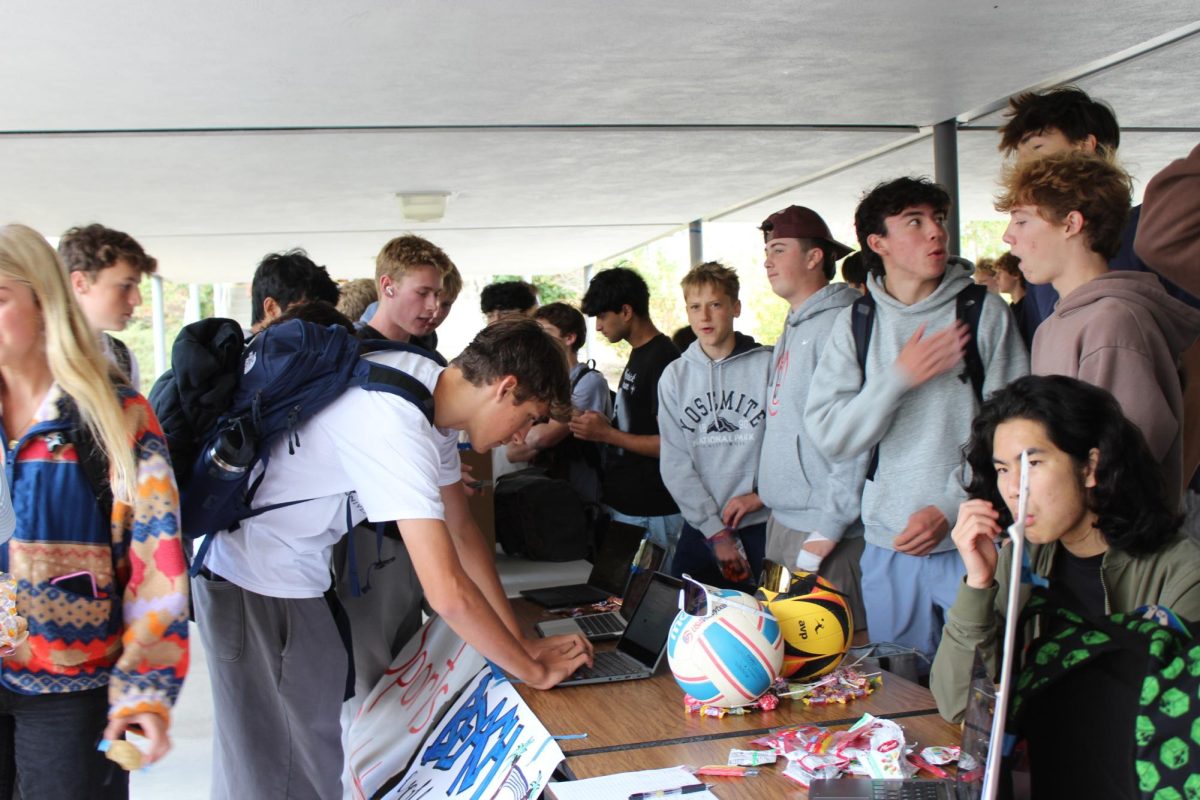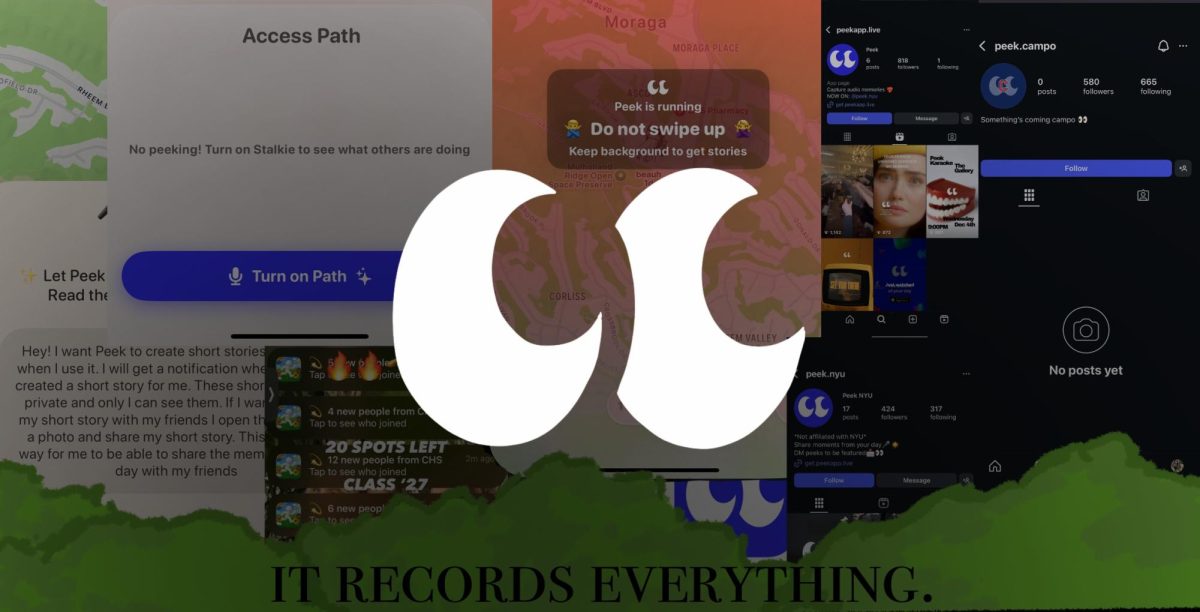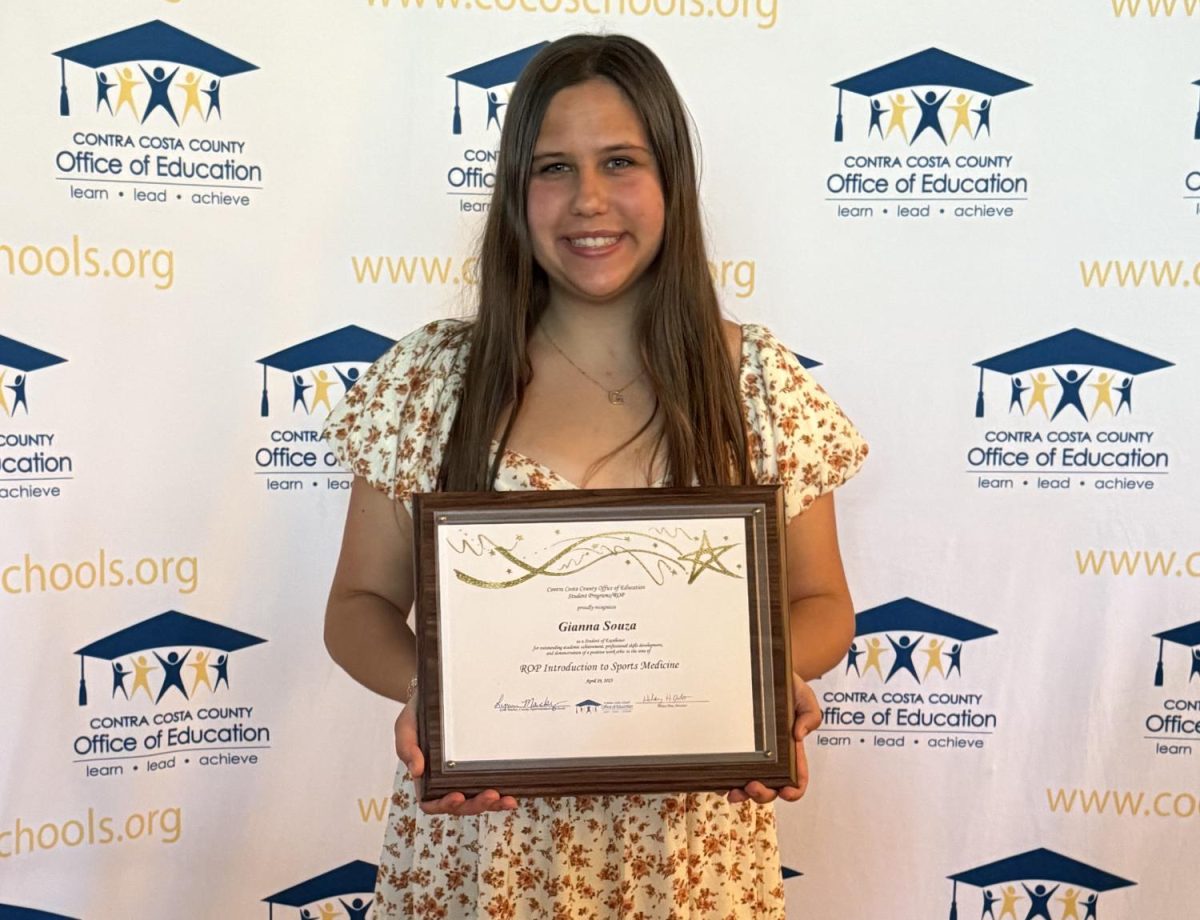The Town of Moraga Planning Commission has started the Livable Moraga Road Project with the goal of improving the conditions along Moraga Road.
A meeting was held by the commission December 9 at Campolindo with the intent of gathering information from students and parents. Planning Director Shawna Brekke-Read explained, “We are looking at how people can walk and bike safely and how we can accommodate vehicles at the same time.”
Principal John Walker attended a meeting that introduced the project to Campolindo. “They wanted to meet with Campo students and parents to get a sense of what it is like to drive, walk, and ride your bike along Moraga Road,” he said.
Brekke-Read said the area around Campo is the only place where there is more traffic than the Planning Commission would like. “The one area that’s very congested is around Campolindo High School in the morning hours,” she said. According to her, everywhere else along the road has two times as much capacity as needed.
According to Walker, the project’s main concerns are traffic and safety, but other issues need to be taken care of as well, such as aesthetics. “The planning commission wants to improve safety, traffic flow and appearance,” said Walker. An example he gave is the front of the campus, along the road, which needs improvement.
According to senior Troy Westernoff, who represented the Campo students at the meeting, it was a brainstorming session. Anybody who wanted to attend the meeting could come and give their input. “It was a meeting to help get the ideas down on the floor,” Westernoff said. “The project is hopefully going to allow students and parents to travel faster and safer in the future.”
The project has been going on for several months. Meetings like this one were held in other communities along the road as well because the planning commission wants to gather as much information as possible before moving forward. “It’s a very lengthy project. The town would never do anything without getting feedback first,” said Walker. “They are still gathering information and then they are going to put out some design ideas.”
“We had a Saturday workshop where people actually walked the corridor from the Rheem shopping center down to the commons, and they identified places where it works currently and where it doesn’t work, and what is possible,” said Brekke-Read.
The next step for the project is using the gathered information to change current conditions as needed. “We are going to publish a conditions report that lays out all the information and them we will have more series of meeting where people start to look at alternatives,” said Brekke-Read.
